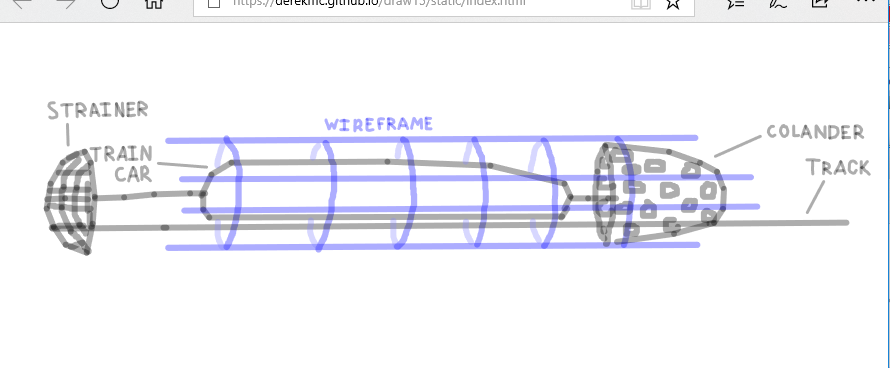Latest news about Bitcoin and all cryptocurrencies. Your daily crypto news habit.
As you may have heard, billionaire Elon Musk started a tube transit project/competition/venture called Hyperloop.
Here’s my idea.
Acoustics and airflow are complex engineering and mathematical modeling problems, so I can’t tell you if this would work, or if it’s the best variation, but I think it has a lot of potential.
Tunnels Control Airflow
Some hyperloop proposals propel the train with a leading vacuum and a cushion of air behind. Others use magnetic levitation and propulsion and the tunnel maintains lower air pressure or a vacuum, which increases stability and reduces resistance.
What if you carry the tunnel with you?
It may sound redundant to have a train that carries passengers, and an external structure that travels in unison to manage air flow, but I think it might offer engineers more options for stabilization.
Instability is one of the biggest limitations with high speed ground transit. Have you ever hit turbulence in an airplane? Now imagine if that happened on a mag lev track! Once you are going fast enough, you don’t need air currents from the wind to cause instability, you make your own currents. Acoustics can also significantly contribute to this instability.
What if the tunnel’s just a wireframe. . . with kitchen implements?
 A colander and a strainer may be the secret “sauce” that hyperloop needs
A colander and a strainer may be the secret “sauce” that hyperloop needs
In this drawing, I have a track, a wire frame structure around the track, which runs the entire track length, a leading “colander”, and a trailing “strainer”.
The colander creates a leading flow of air, that allows the train to draft, much like cyclists do when they race. It is lightweight and stabilized by the external wireframe, either passively or dynamically. (Noise cancellation anyone?)
The colander could be independently propelled by the track or the frame, or pushed by a leading rod extending from the train. The colander’s holes might help stabilize the airflow compared to a solid structure.
Behind the train, I added another kitchen implement: a strainer. Its purpose is reduce trailing turbulence and break up eddies and airflow instability. There could be just one strainer or several in succession. They could be fixed or rotate. Like the colander, it could be pulled by a point of attachment to the train or independently propelled. It could also use noise cancellation or other stabilization strategies.
Again, I have no idea if this would work, but it was a fun exercise in imagination and invention. If you can comment on the engineering or physics involved, I would appreciate it. And I’d love to here your own creative transit ideas!
A Colander Hyperloop FTW was originally published in Hacker Noon on Medium, where people are continuing the conversation by highlighting and responding to this story.
Disclaimer
The views and opinions expressed in this article are solely those of the authors and do not reflect the views of Bitcoin Insider. Every investment and trading move involves risk - this is especially true for cryptocurrencies given their volatility. We strongly advise our readers to conduct their own research when making a decision.